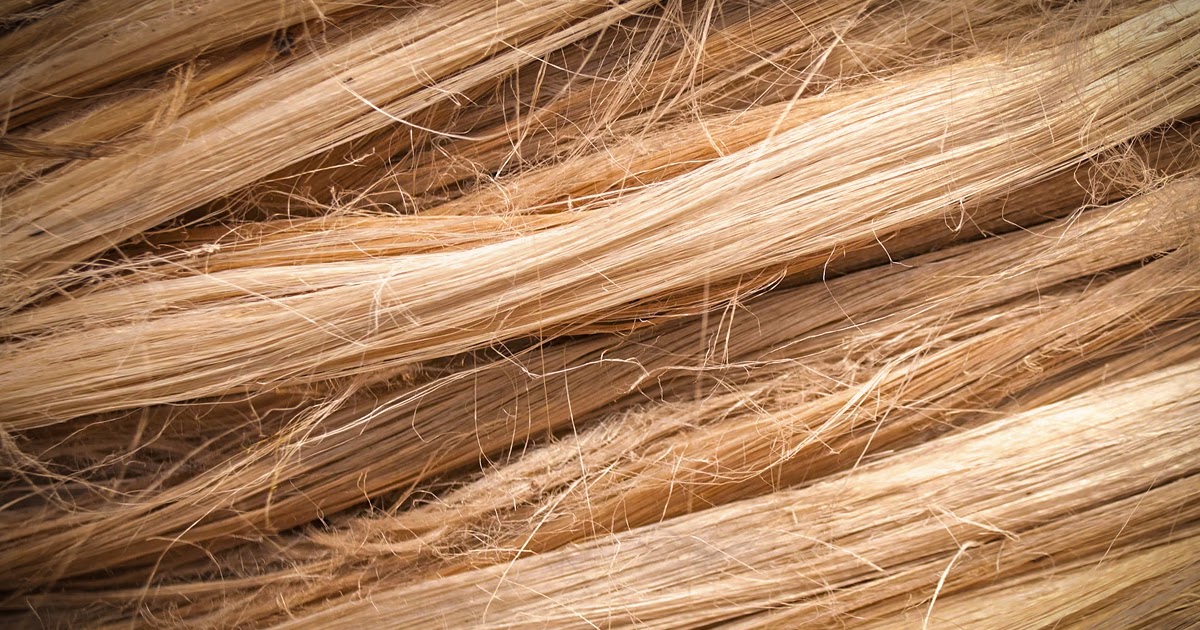
Photo: Sohan Rahat
This quick guide will walk you through the basics of understanding hair damage, how to choose the right products, and easy tips to maintain your hair’s health. So, without further ado, let’s dive in!

What Actually Is Hair Damage?
Hair damage can happen to anyone of any age group, regardless of gender or any other factor. Often, it’s the result of everyday habits. Some of the consistent habits that contribute to your hair being brittle:
- Overwashing and using harsh shampoos;
- Heat styling without protection;
- Rough towel drying and improper brushing techniques;
- Chemical treatments, such as hair dye or perms;
- Exposure to the sun or harsh weather, and many more.
Very relatable, right? So, the next question might arise here: how do you know if your hair is damaged? Look for these common signs: split ends, frizz, excessive dryness, breakage, dull appearance, and rough or tangled hair.
If you’ve noticed any of these, your hair likely needs some extra care. For that, you can use the proper products that help you mitigate all the adverse effects and give your hair a shiny look.
How to Select the Right Hair Products for Your Hair
Picking the right products is key to repairing damaged hair. The list is simple: use proper shampoos, conditioners, hair protectants, etc.
Shampoos and conditioners play a big role in restoring moisture and strength to your hair. You can use a sulfate-free shampoo. This is because sulfates are harsh cleansers that can strip your hair of natural oils, resulting in dry hair.
After shampooing, applying a conditioner that is rich in ingredients like shea butter, argan oil, or keratin will be a good choice. These ingredients can help smoothen and strengthen your hair over time.

8 Simple Tips for Healthy Hair
Repairing damaged hair takes time, but with the right routine, you can prevent further damage and ensure no future problems. Here are some simple tips:
- A) Proper nutrition and hydration – Repairing hair starts from within, as proper nutrition and hydration are essential for healthy hair. Key vitamins like biotin, zinc, and vitamins A and E promote strong, shiny hair, while a balanced diet and supplements help repair damage.
- B) Limit Heat Styling – Heat-styling tools like flat irons, curling irons, and blow dryers can weaken your hair over time. Try to reduce the extent of their use. Also, always apply a heat protectant before use.
- C) Wash Less Frequently – Over-washing can strip your hair of natural oils. If you wash your hair daily, try cutting it back to two or three times a week. This allows your scalp’s natural oils to hydrate your hair.
- D) Use a Wide-Tooth Comb – Wet hair is more fragile, so brushing it can lead to breakage. Instead, use a wide-tooth comb to gently detangle them after washing.
- E) Get Regular Trims – Regular haircuts are important for preventing split ends. Even if you’re growing your hair out, getting a trim every 6-8 weeks will help keep them healthy.
- F) Moisturize with Hair Oils – Using natural oils like coconut, argan, or olive oil can give your hair extra moisture.
- G) Protect Your Hair from the Sun – Just like your skin, your hair can be damaged by the sun’s rays. If you’re spending time outdoors, wear a hat or use a UV rays-protectant spray to shield your hair from harmful exposure.
- H) Avoid Tight Hairstyles – Hairstyles like ponytails, buns, or braids that pull tightly on your hair can cause stress and breakage. So, to avoid damage, loose hairstyles are the preferred option.
Final Thoughts…
Repairing damaged hair doesn’t happen overnight, but with the right products and habits, you can bring your hair back to life. Understanding what causes damage, choosing nourishing products, and following simple care tips will set you on the path to healthier hair. Stick with these easy steps, and soon, your hair will be stronger, smoother, and shinier than before.
